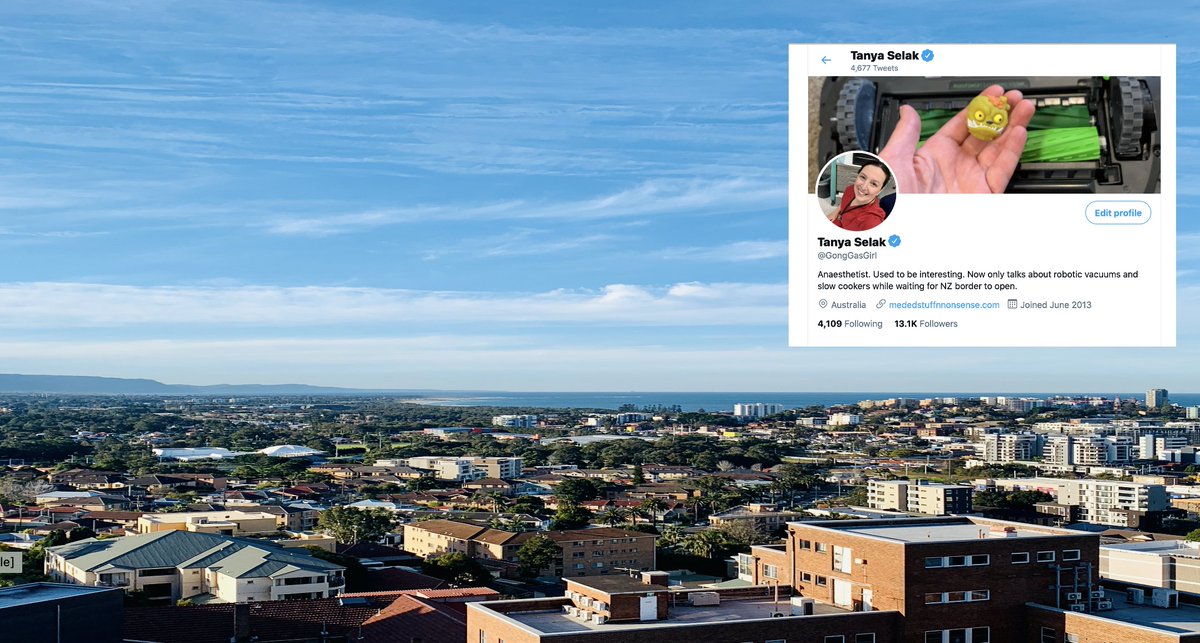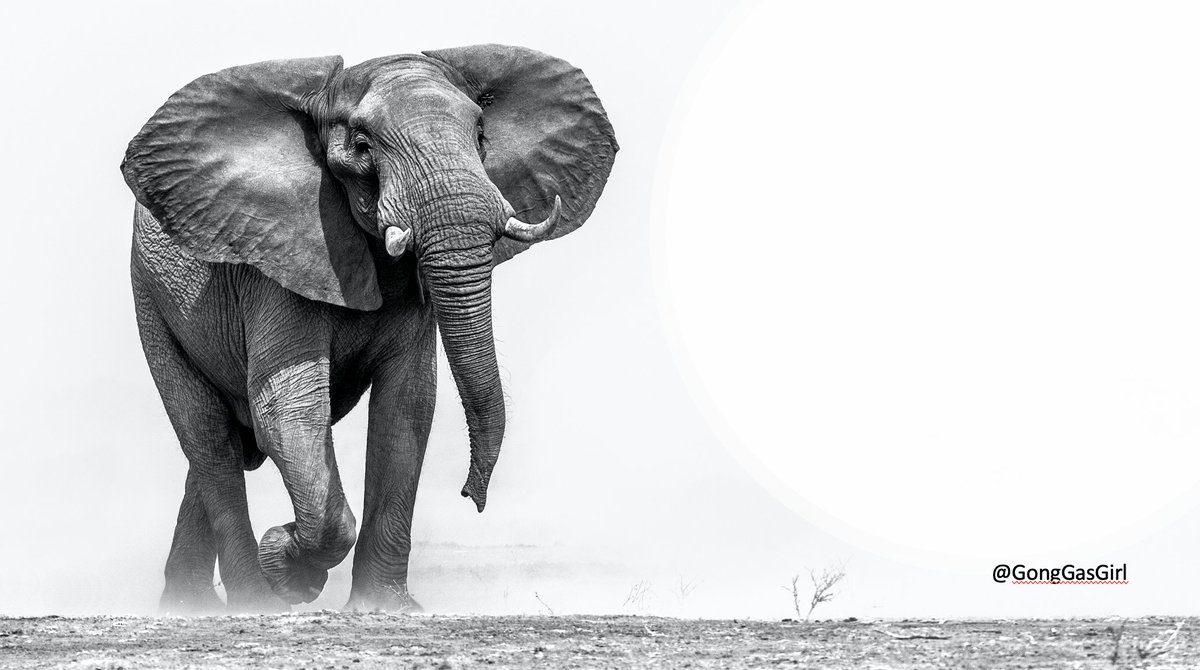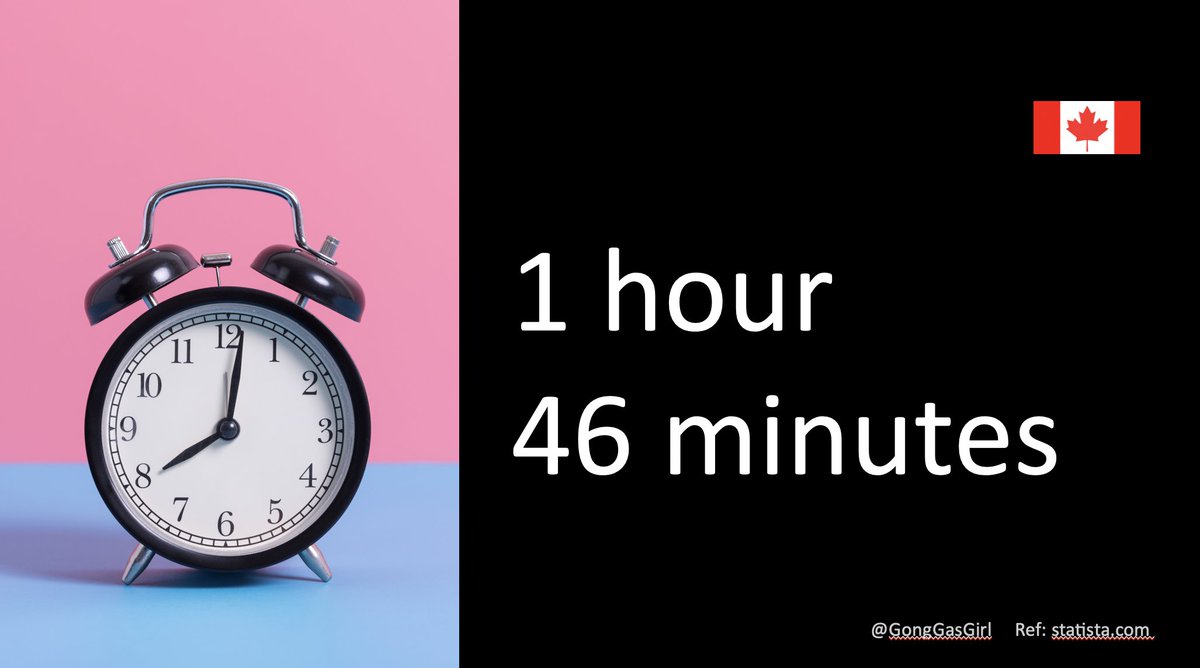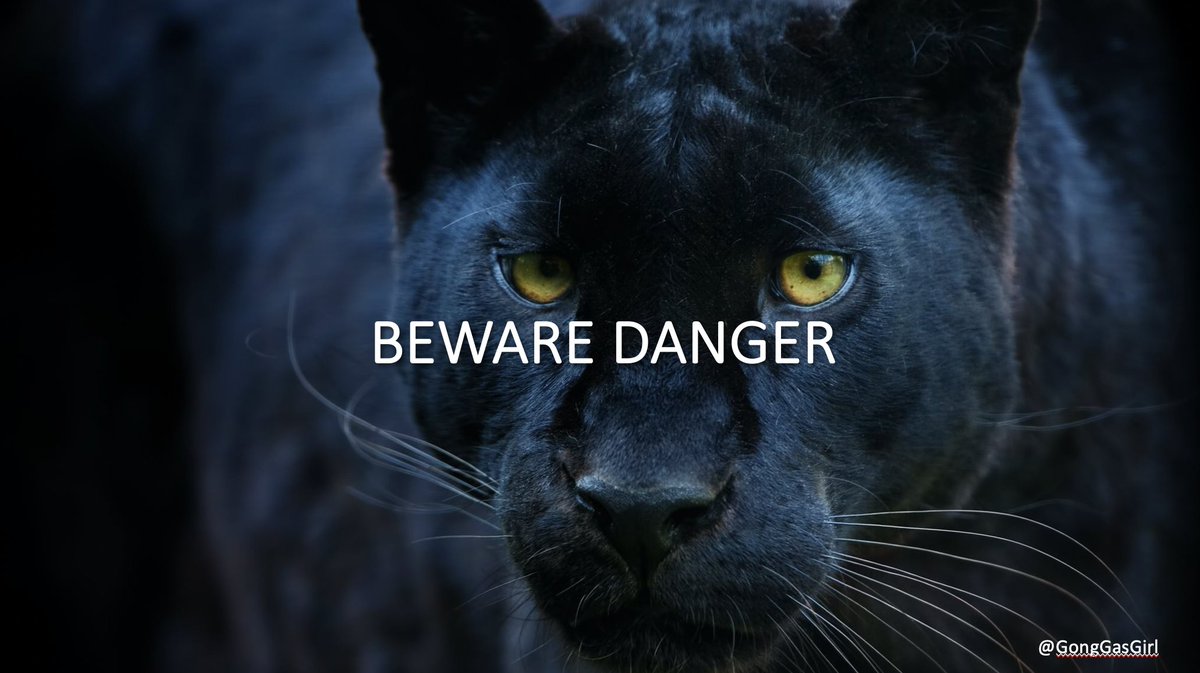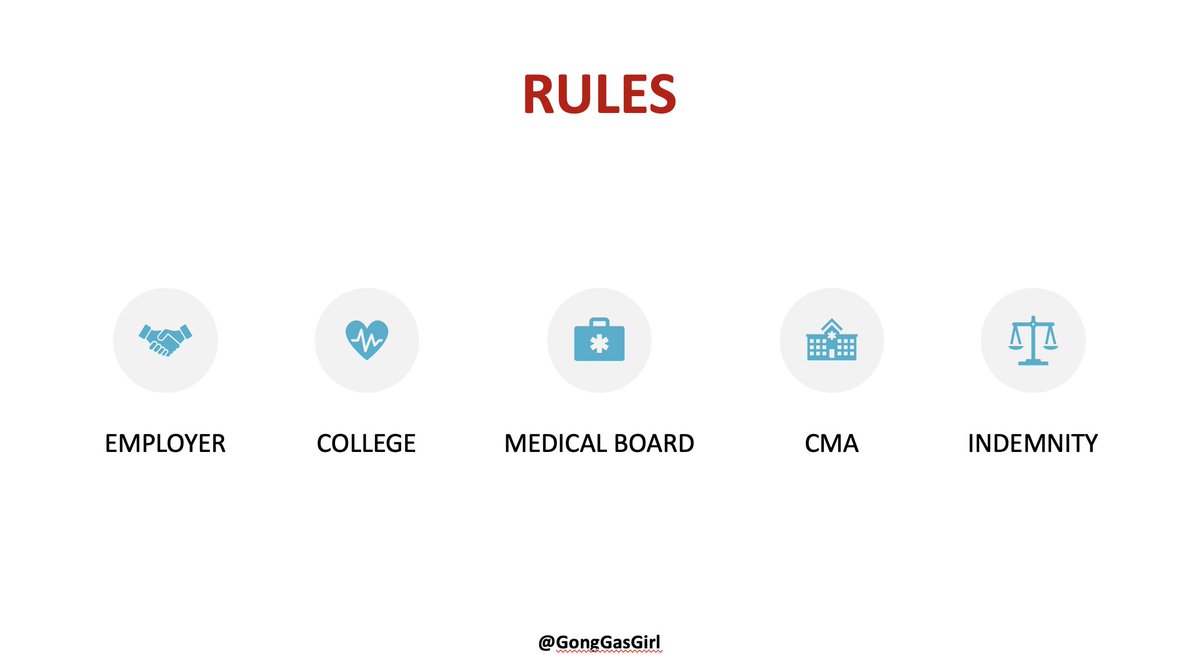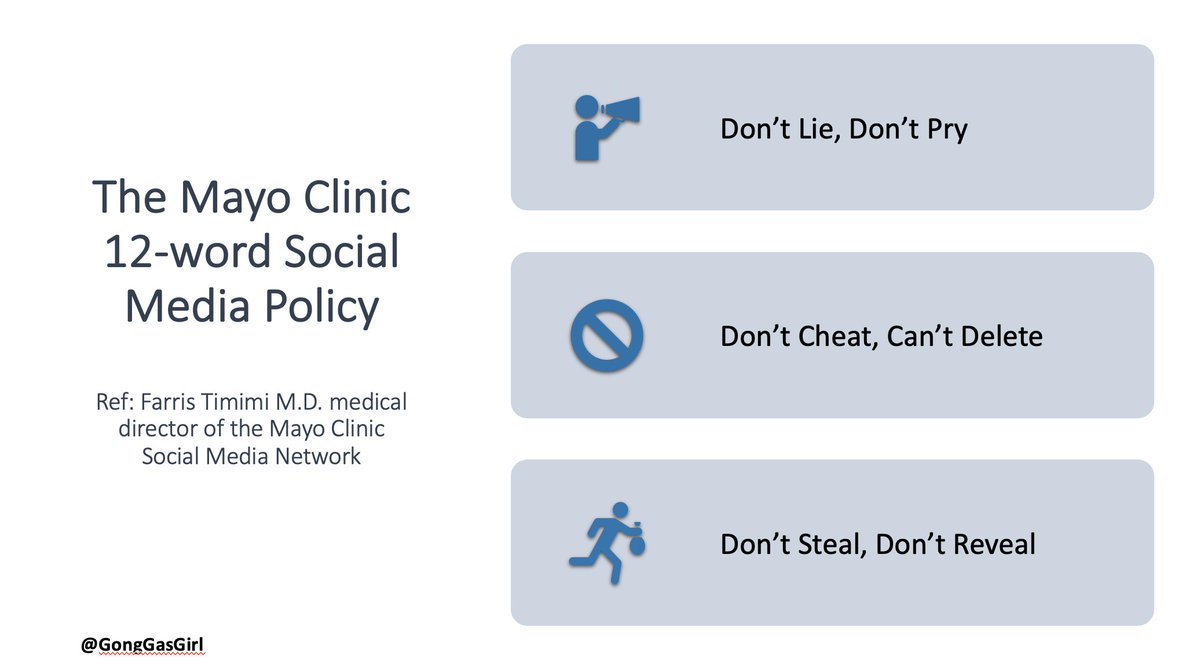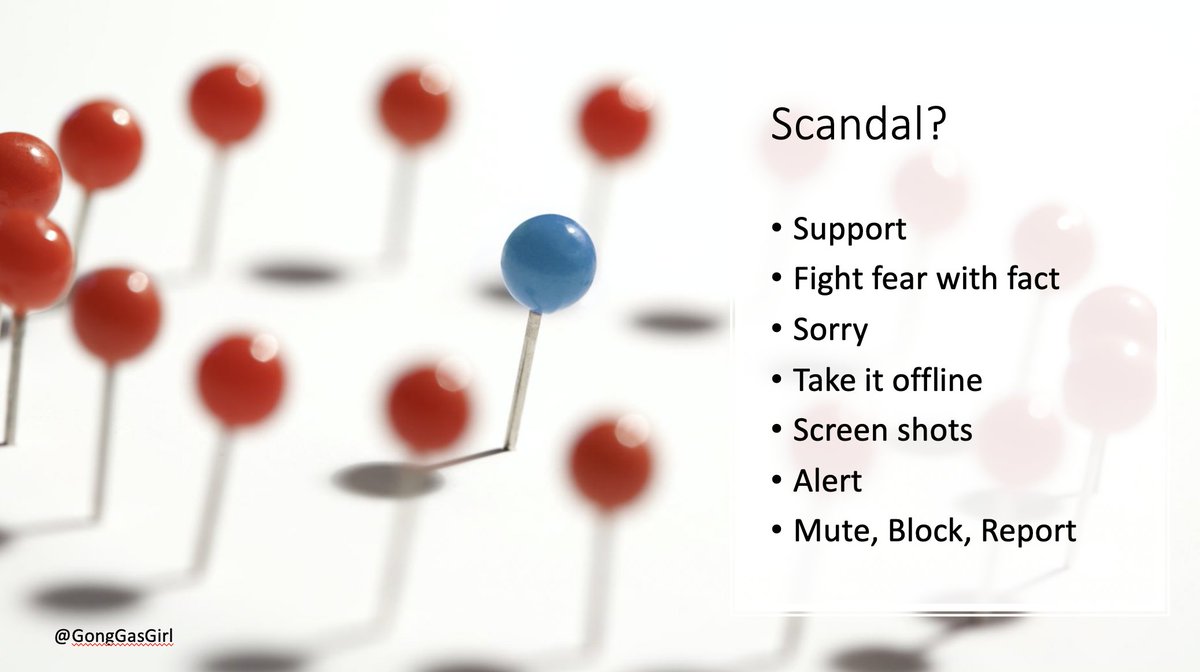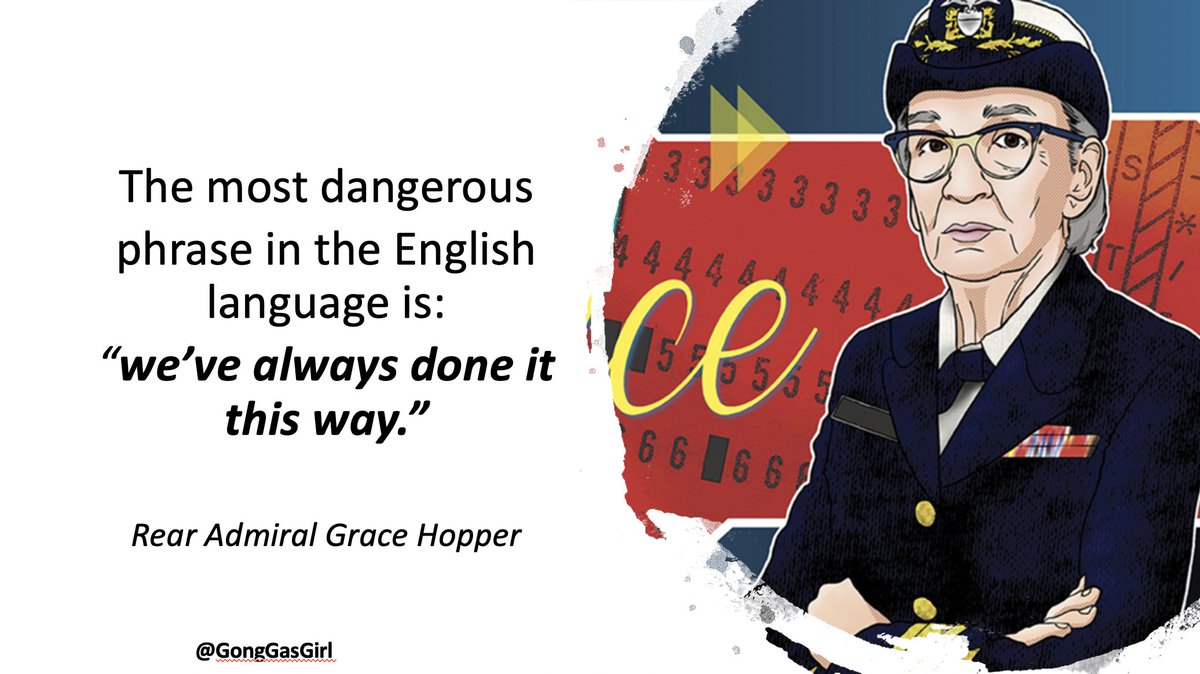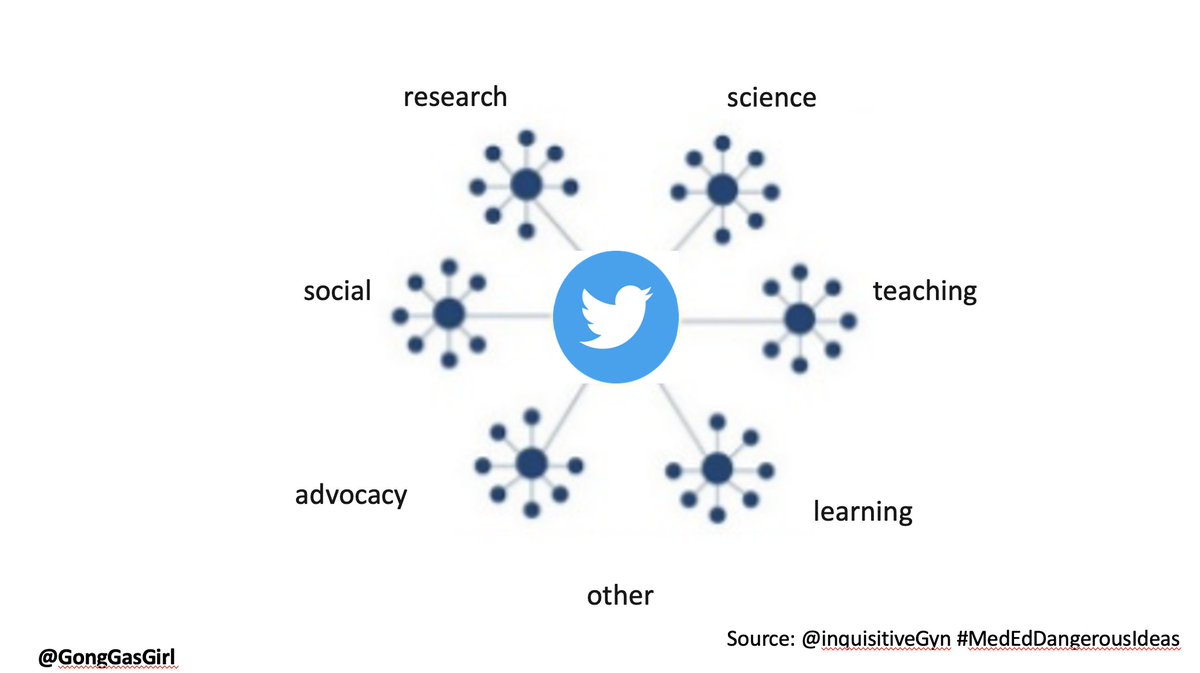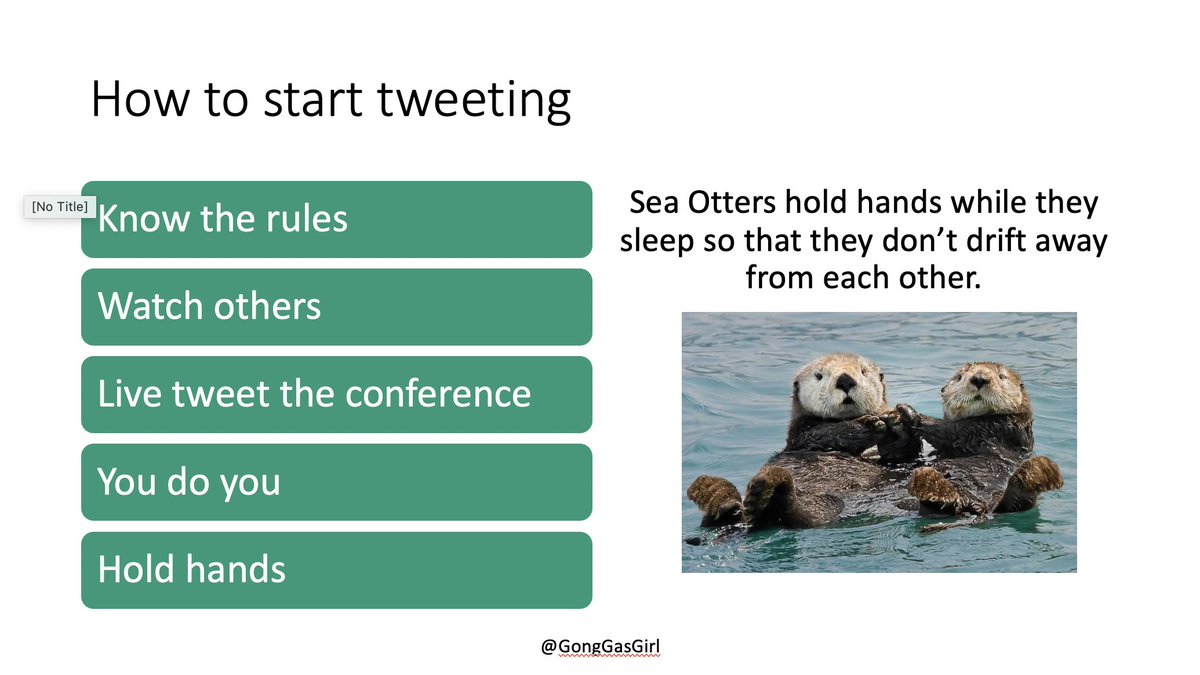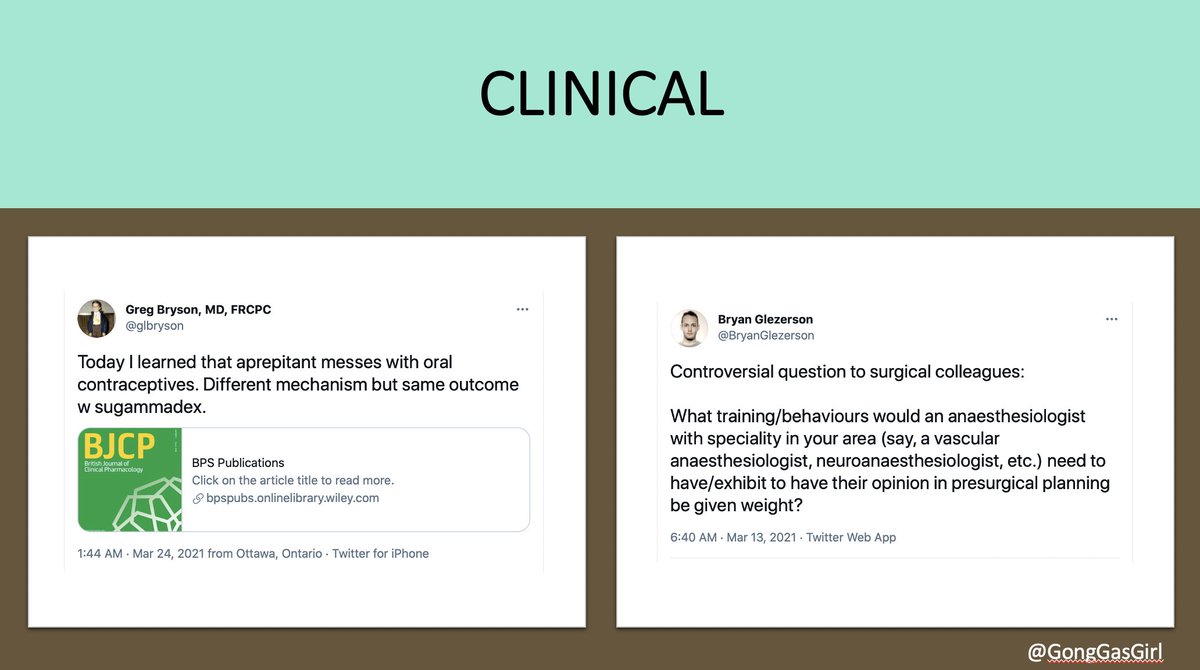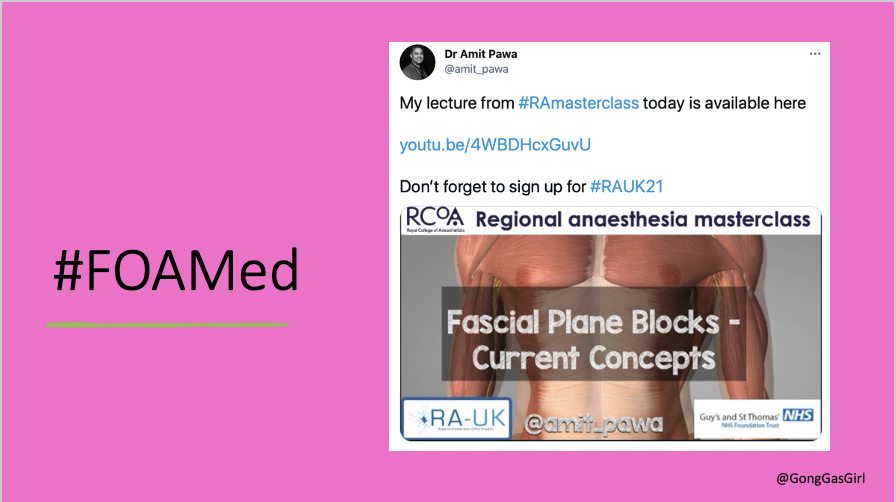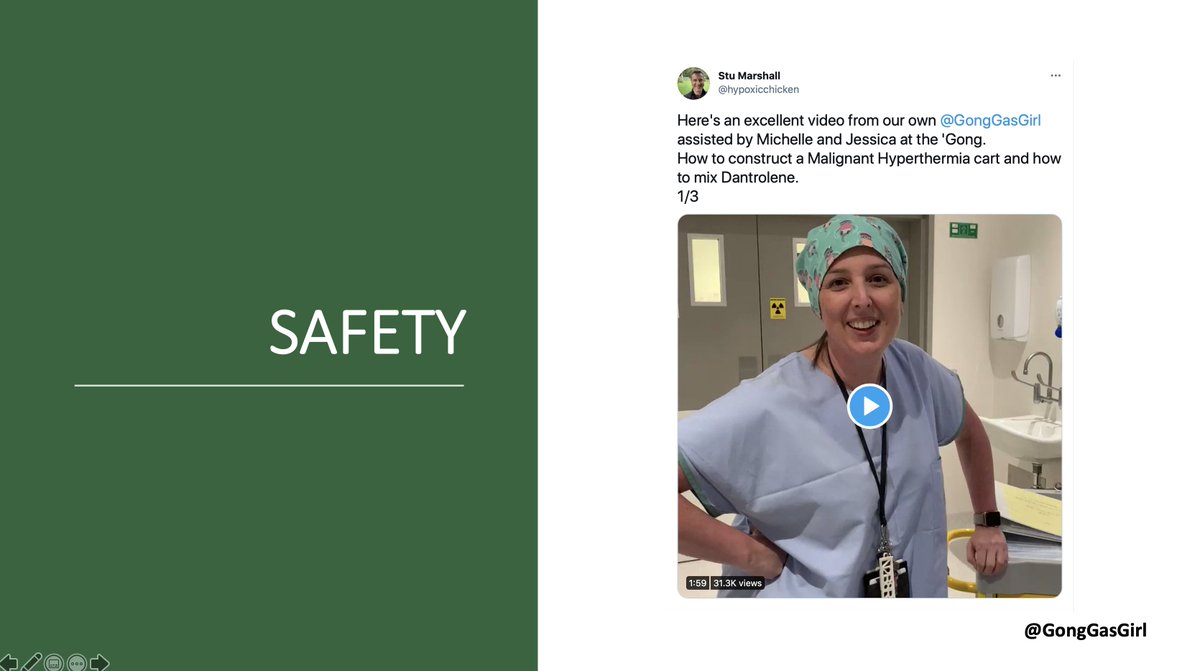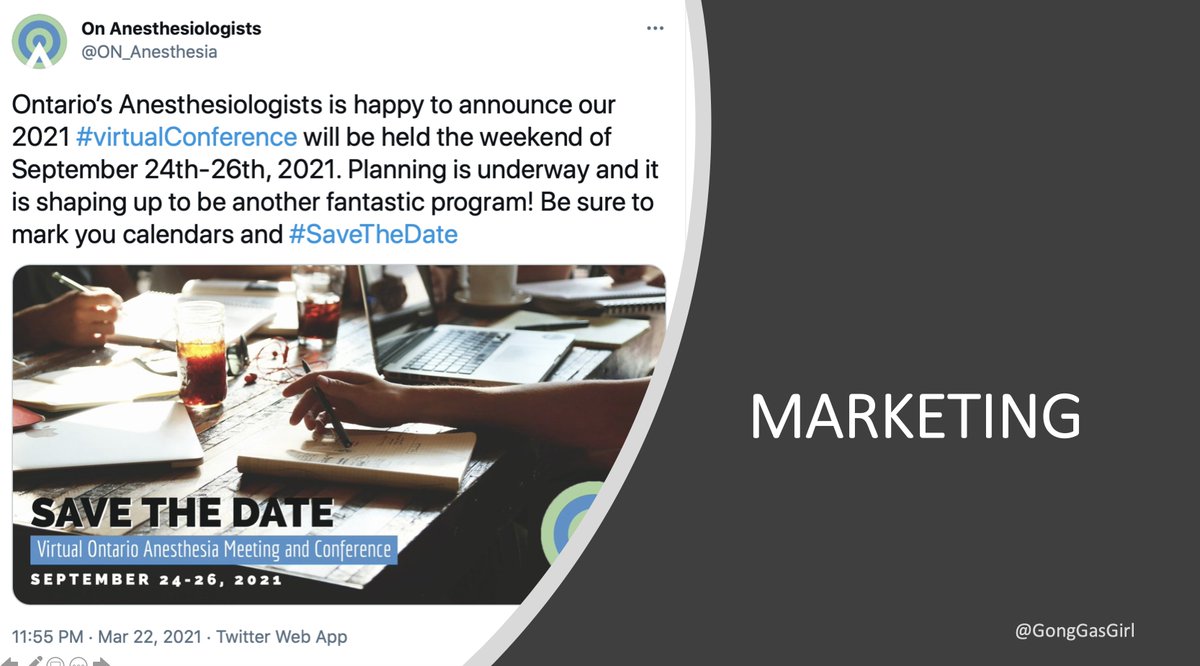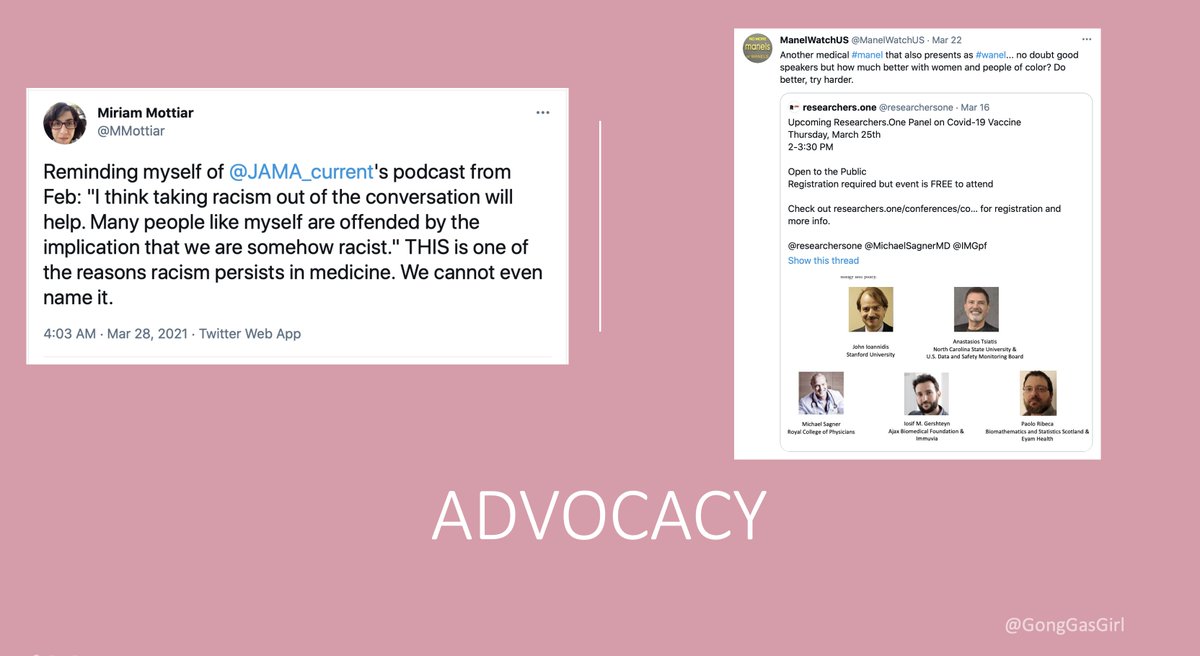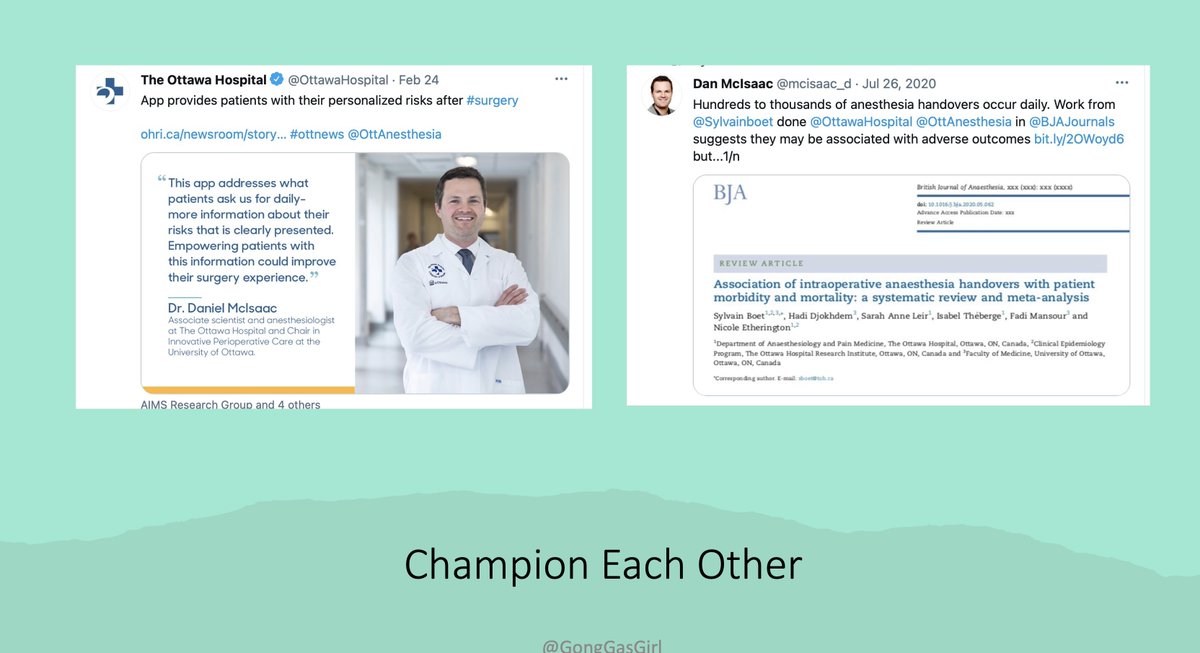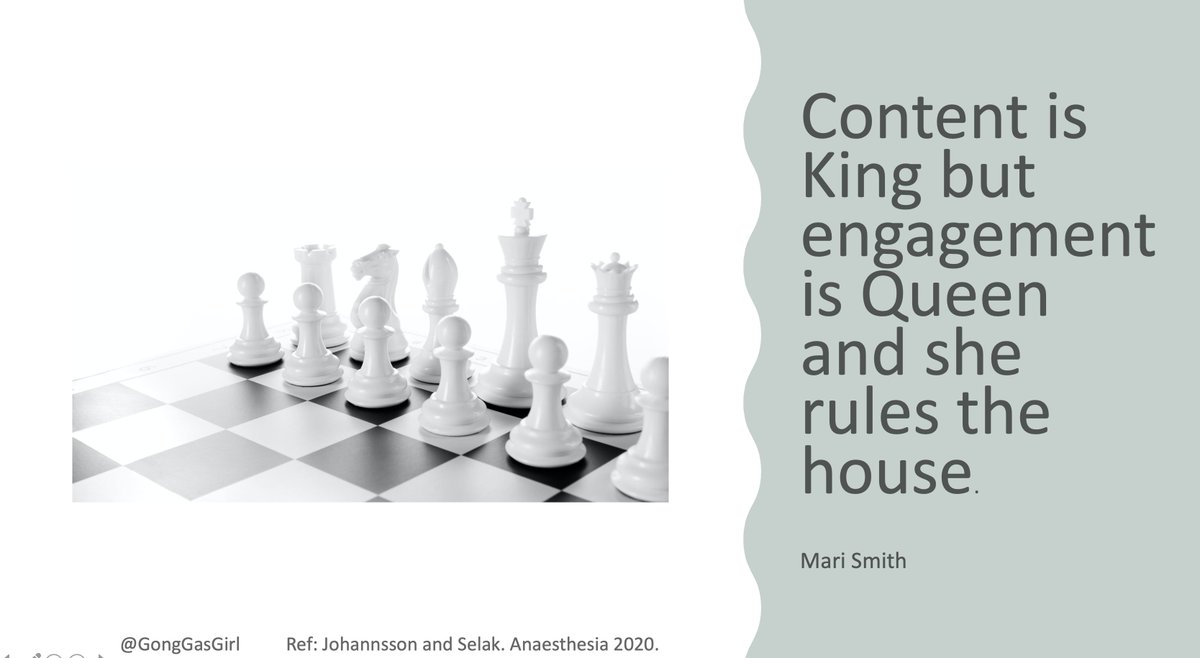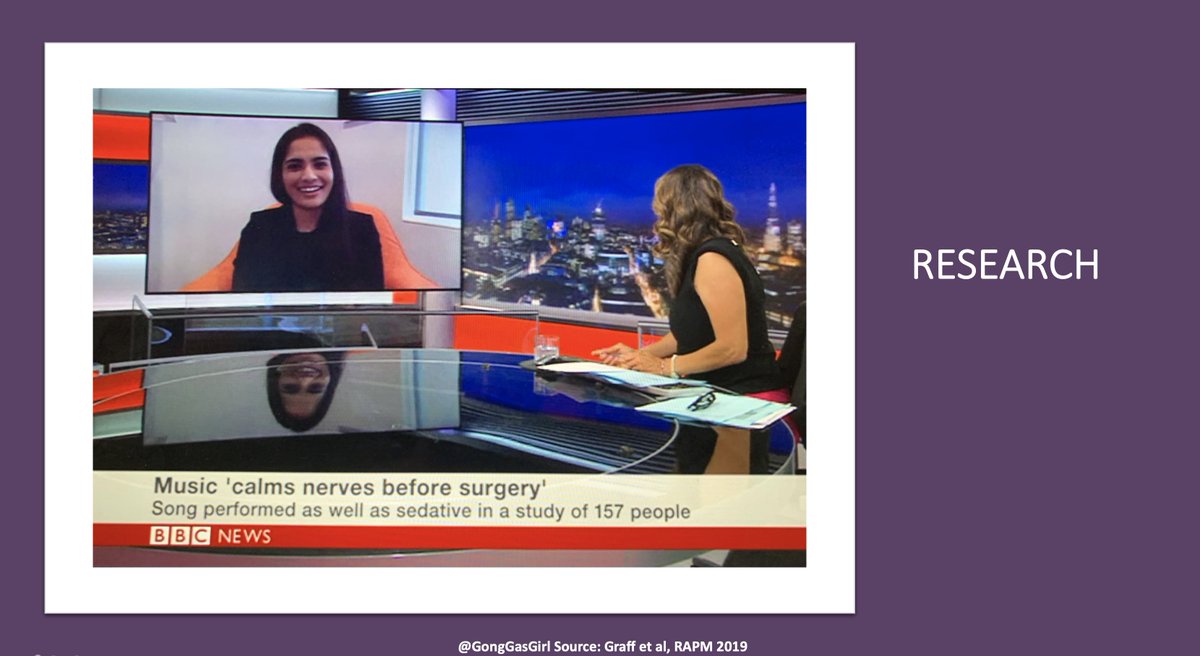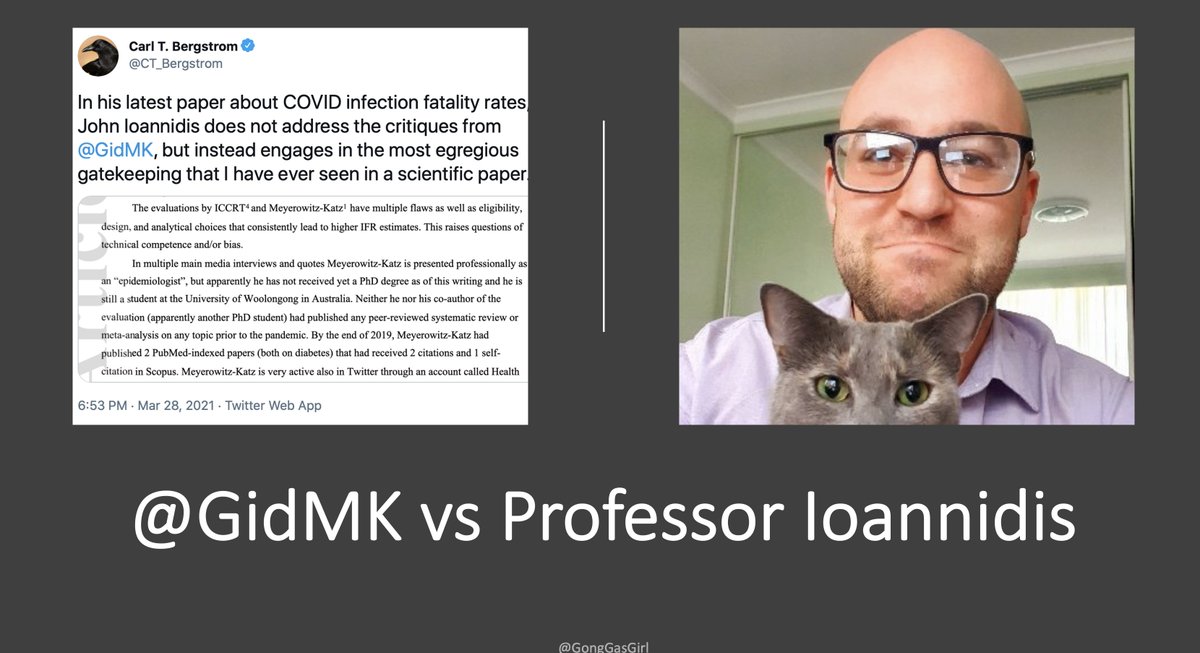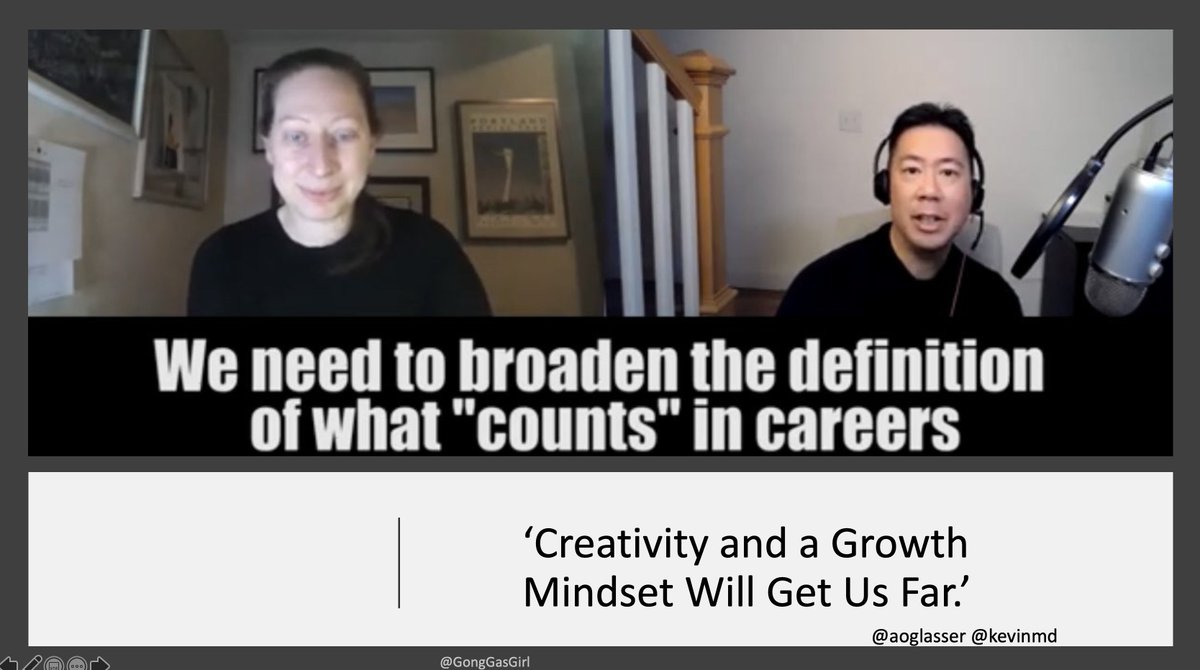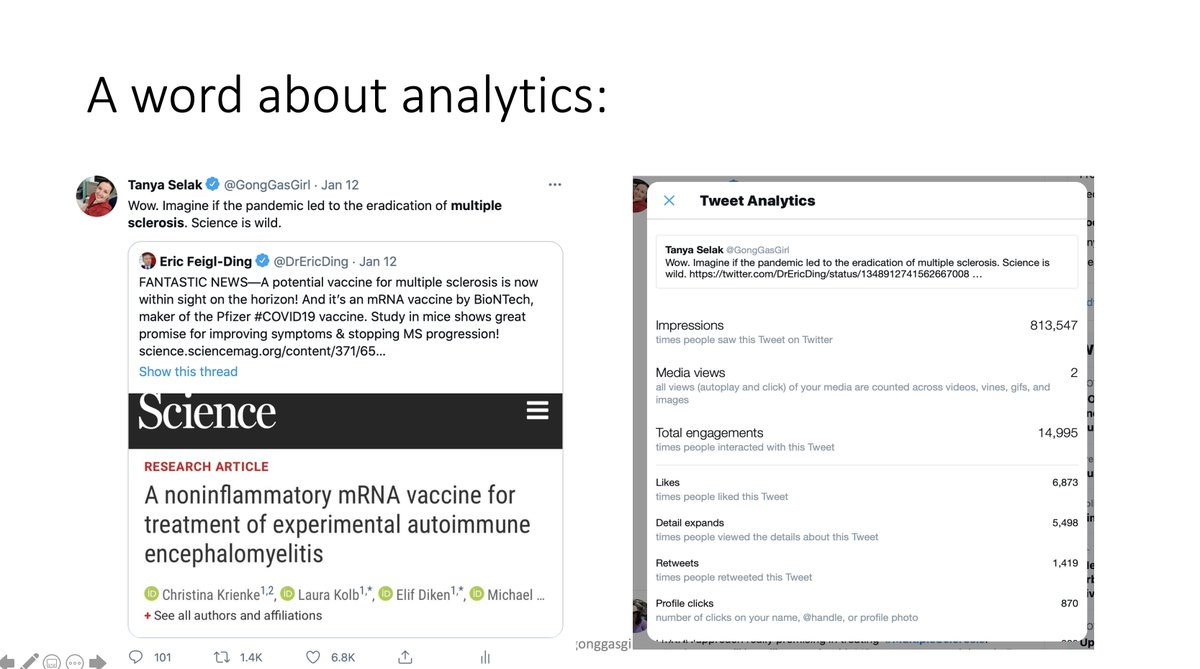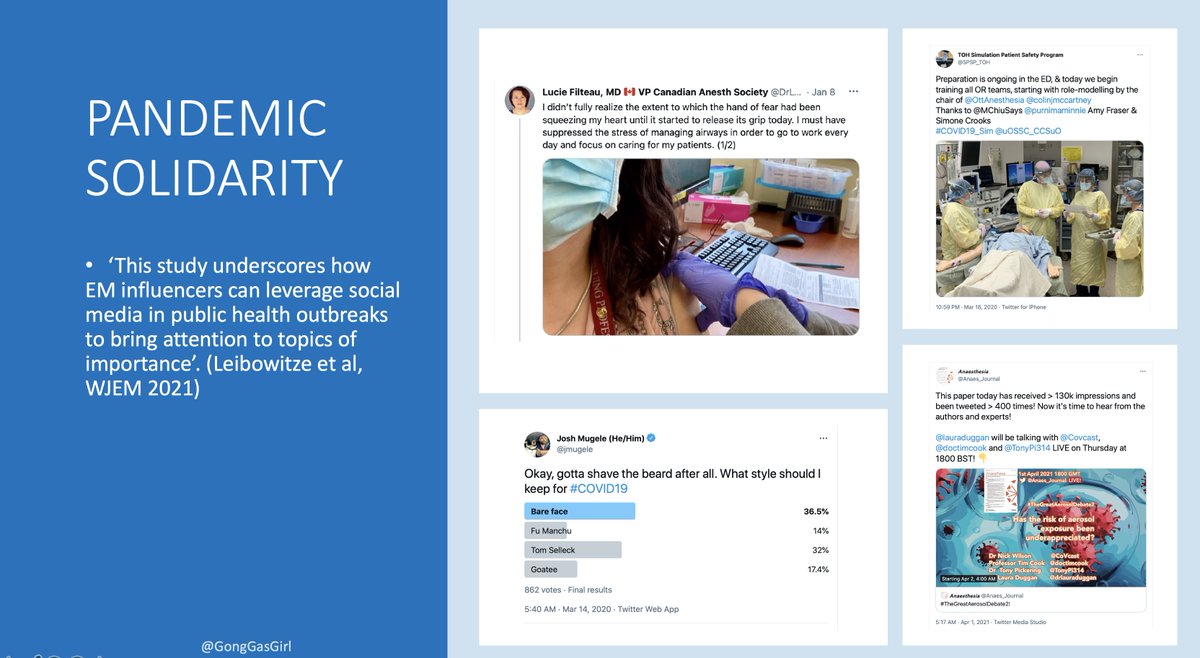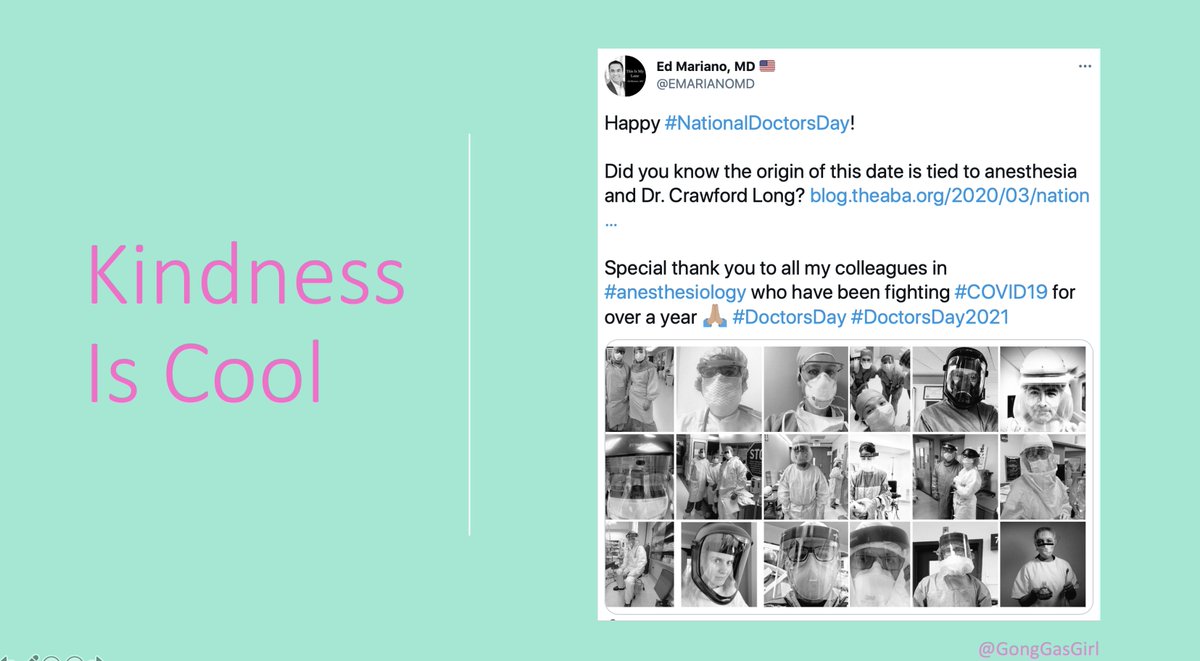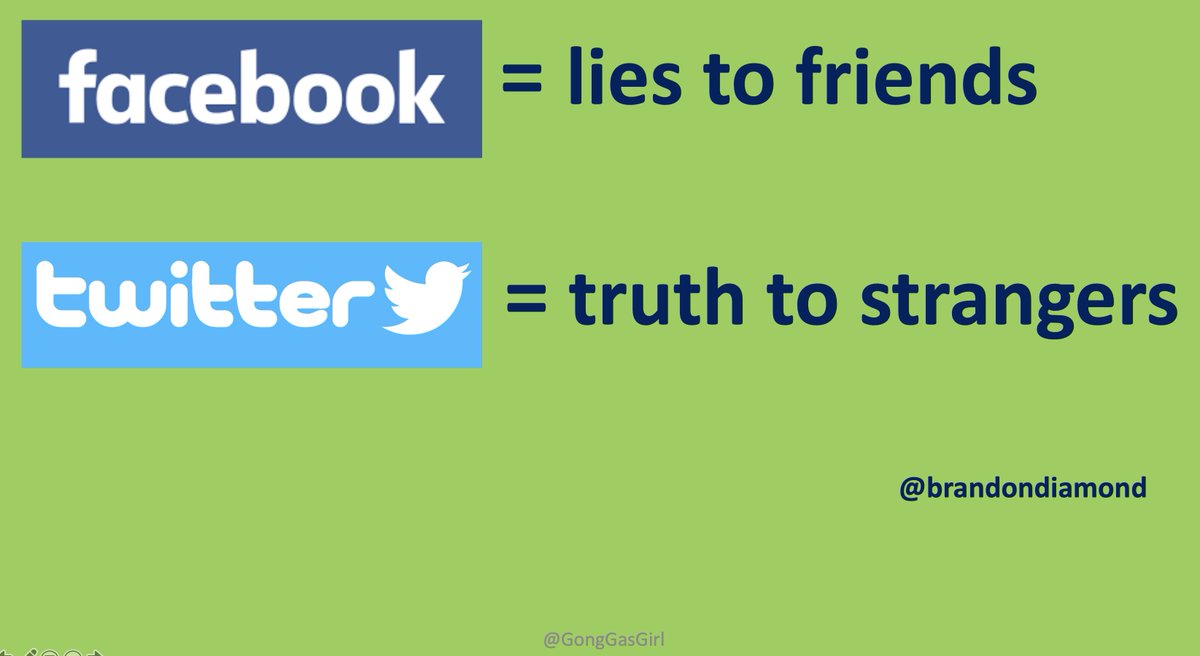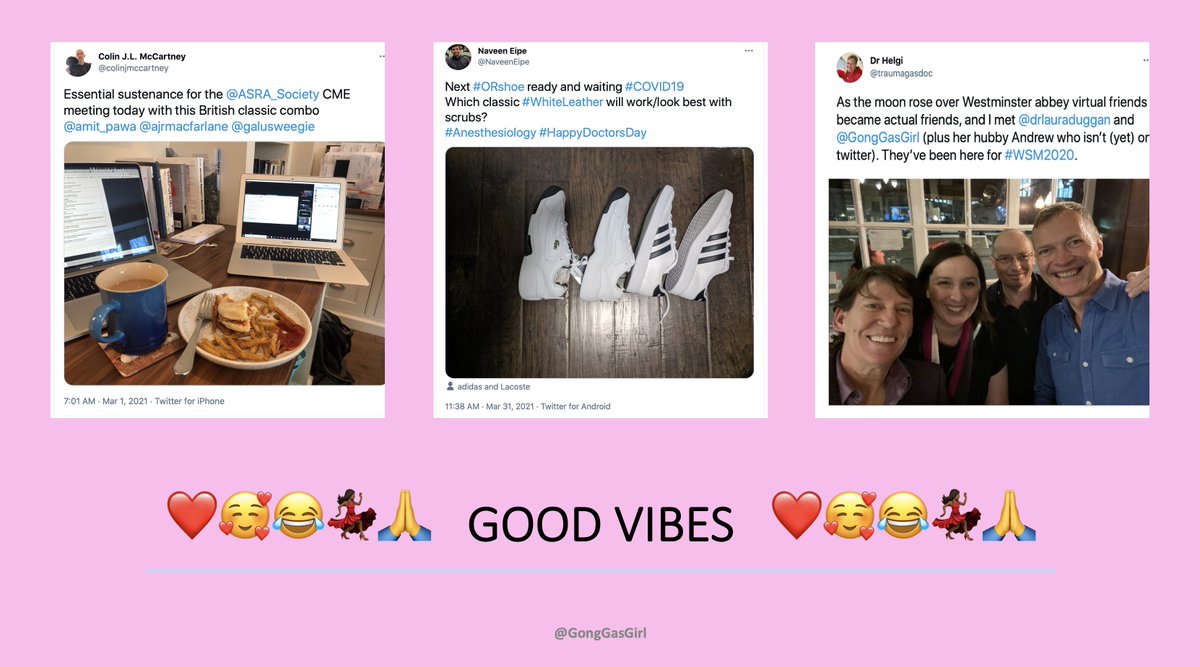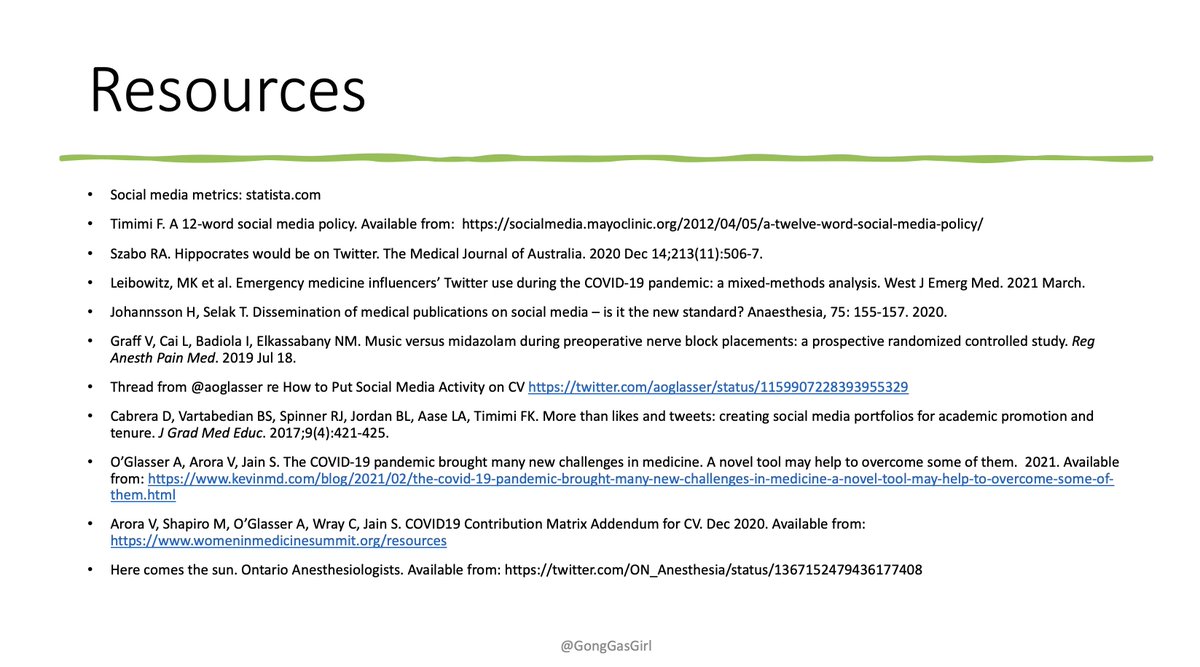Thanks so much to @OttAnesthesia and @MMottiar for kindly inviting me to present virtually at their Grand Round yesterday. Here& #39;s a summary thread:
(ps do I get extra points for dropping the & #39;a& #39;? https://abs.twimg.com/emoji/v2/... draggable="false" alt="😜" title="Zwinkerndes Gesicht mit Zunge" aria-label="Emoji: Zwinkerndes Gesicht mit Zunge">)
https://abs.twimg.com/emoji/v2/... draggable="false" alt="😜" title="Zwinkerndes Gesicht mit Zunge" aria-label="Emoji: Zwinkerndes Gesicht mit Zunge">)
(ps do I get extra points for dropping the & #39;a& #39;?
I& #39;m a Wollongong anaesthesiologist (hence GongGasGirl)- pic from our hospital looking north to Sydney here.
I started on Twitter when my kids were little. Seemed a great way to keep up to date clinically as I emerged from the wilderness of nappies, naps, and sleeplessness.
I started on Twitter when my kids were little. Seemed a great way to keep up to date clinically as I emerged from the wilderness of nappies, naps, and sleeplessness.
Sometimes my Twitter bio is very professional. Other times, I& #39;m not. I think it& #39;s ok have a personality online, with all its flaws and imperfections. I like following others who are real. I& #39;m not fond of beige.
It goes without saying that social media is ubiquitous in our society. The stats around it really are incomprehensible. 2.8 bill active FB users with $27bill ad revenue (!). Even Twitter has 200 mill on it every day producing 500 mill tweets. It can& #39;t be ignored.
The average Canadian adult internet user spends 1 3/4 hours PER DAY on social media.
Imagine if medicine / anaesthesia could get even 10 seconds of this? What would we use this time for if we could get it?
Imagine if medicine / anaesthesia could get even 10 seconds of this? What would we use this time for if we could get it?
Many don& #39;t know our role, that we are that we are Drs, specialists. SoMe can help us to let people to educate, to involve patients in their care, to share research, to advocate for matters which are social determinants of health. Endless possibilities.
However, there can be danger.
When we teach clinical skills like central lines, we teach indications, CI& #39;s and complications. Trouble online is perhaps inevitable no matter how closely the rules are followed. Non engagement doesn& #39;t guarantee safety either.
When we teach clinical skills like central lines, we teach indications, CI& #39;s and complications. Trouble online is perhaps inevitable no matter how closely the rules are followed. Non engagement doesn& #39;t guarantee safety either.
Prior to engaging, it& #39;s a good idea to check the social media rules that apply to you. There are many. Mostly, they just reflect how we expect people to behave professionally in real life.
The Mayo Clinic 12-word policy is good. Patient confidentiality is paramount (as @aoglasser says - post the pearl not the patient). Cite sources. Maintain boundaries.
If you do find yourself in difficulty online, seek support, correct misinformation, apologise if needed, try to resolve disputes offline (when emotions go up, intelligence goes down). Don& #39;t put up with abuse online or offline - mute / block / report.
Social media chatter is analogous to the dandelion business model ( @inquisitiveGyn). There are hubs and spokes, with every spoke having more hubs and spokes. Every area of medicine and science can be found in amongst the 500 tweets sent every day.
When you start tweeting, it& #39;s a good idea to read any of the many & #39;how to tweet& #39; articles around. There is a whole new language to be learnt. Find digital mentors and watch them carefully (that& #39;s called lurking). Analyse what they are saying, and how they are saying it.
I started tweeting by live tweeting conferences. It was SO GREAT to get to conferences when my kids were little. I would sit down in the front row and tweet every talk. I was thirsty for knowledge.
Tweeting talks allows you to make a personal record, helps other tweeters present if they missed things or were in the other session, and folk at home can follow alone. It& #39;s great for the speaker (you are disseminating their message) and conference organisers love it.
Live tweeting also helps you to find your people. Including the conference hashtag will link you in with other like minded souls. It& #39;s always so interesting to see someone else& #39;s interpretation and analysis of the same content. Endless brain growth ....
& #39;You do you& #39; on social media. What might suit me as a consultant in her 13th year of specialist practice, might not suit a resident sitting exams. We are all different. There are many correct ways.
Don& #39;t forget to look after each other. We need our otters online and off.
Don& #39;t forget to look after each other. We need our otters online and off.
So here are some examples of recent smart tweets.
Suggamadex and contraception has been a big deal lately, @glbryson extends this to aprepitant. Despite his seniority, his language shows us that he is also a humble learner, and including the paper is helpful.
Suggamadex and contraception has been a big deal lately, @glbryson extends this to aprepitant. Despite his seniority, his language shows us that he is also a humble learner, and including the paper is helpful.
The @BryanGlezerson tweet is nice. It actively, purposely de-silo& #39;s. He invites other specialties into the conversation. (We can do so many great things when we bring everyone into our approach).
Of course no talk on Twitter is complete without an @amit_pawa tweet. It& #39;s clever because it has an attractive graphic, a link to one of his many educational videos, and limits hashtags to two (linking current event and the next one).
I included a shot of my malignant hyperthermia video, demonstrating our trolley and mixing dantrolene, which is notoriously hard to mix but no one had ever seen it done.
I think that it& #39;s interesting that a video we did on a whim in between patients, one shot, no script, hair everywhere got 30K views. You don& #39;t have to be particularly clever to have impact.
That one amp of dantrolene went far!
That one amp of dantrolene went far!
(Of course it helps if you have a friend like @hypoxicchicken who kindly uploaded it, and created a thread which included official malignant hyperthermia resources).
Social media is a great way to let people know about upcoming events. This conference from @ON_Anesthesia looks great, and with covid forcing events online, it& #39;s never been easier for folk all around the world to attend. (but I CAN& #39;T wait to actually meet in person again .. )
Many use SoMe to advocate for what& #39;s right. Some people say that doctors should pipe down, that having a view might upset some people. I think that we are not robots - we think and we feel, and it& #39;s OK to respectfully raise issues. I& #39;m in awe of those who are brave and stand up.
But I do caution with advocacy, particularly depending on where you work / what stage of training you are at. I& #39;ve been a consultant for a while, and have a job, I have a voice now. It might be different for others (you do you).
It& #39;s always nice to lift each other up. Here @OttawaHospital showcases the great work from @mcisaac_d including engaging patients in their peri-operative risk, and in turn, he lets us know about the lovely @BJAJournals handover paper from his colleagues.
I am in awe of our researchers. However, it& #39;s tough getting work noticed in the huge volume of publications. Like @Miko_Charleswor says - & #39;science isn& #39;t done until it& #39;s communicated& #39;.
This @VeenaGraffMD Music vs Midazolam RAPM paper compared anxiolysis in patients receiving blocks. It had worldwide engagement. 45 news items worldwide, and this BBC interview!
Great way of moving out from behind the anaesthetic machine and letting our community know what we do.
Great way of moving out from behind the anaesthetic machine and letting our community know what we do.
I& #39;ve been watching the controversy surrounding the Prof Ionnidis appendix in his latest paper. To me, it illustrates the tension between traditional sources of power in medicine (publications and talks) and new sources ( @GidMK and his 35K .. now 38K Twitter account). Fascinating.
Traditionally, careers were made with publications and conference talks. @aoglasser has shown us in recent years that digital scholarship can move us forward. The Mayo clinic have been using SoMe metrics for promotion for many years now.
In this podcast with @kevinmd, she describes a CV addendum to demonstrate non-traditional contribution during covid. Many have had traditional academic activity curtailed during covid. Other activity should also count. https://www.kevinmd.com/blog/post-author/avital-oglasser-vineet-arora-shikha-jain">https://www.kevinmd.com/blog/post...
Although SoMe analytics are fascinating (and every platform has its own free version). I& #39;m not fond of chasing them. This tweet for eg was huge (850K impressions!) but really doesn& #39;t advance any of my core interests.
Shouty, polarising, click bait tweets are an easy way to push up metrics, but as I& #39;m not a Kardashian, I think it& #39;s better for me to stick to a little corner of the twittersphere. Quality is much better than quantity.
(Interesting side point - lies are spread much more avidly than the truth on social - Churchill was right on this one).
& #39;A lie gets halfway around the world before the truth has put its pants on.& #39;
& #39;A lie gets halfway around the world before the truth has put its pants on.& #39;
For me, I& #39;ve been so proud of out community sharing covid info as it came to hand. A year ago I wondered why Twitter folk were shaving beards, had never heard of fit-testing despite working in 3 countries. Interesting side point - @jmugele & #39;s beard poll is now in a WJEM paper!
I& #39;m so proud of the medical communities generous sharing of knowledge during the pandemic. Everything from donning/doffing videos, ICU management, ventilator cheat sheets. Who could ever forget our Italian colleagues urging us to & #39;prepare prepare prepare& #39;.
In addition to the medicine, folk have poured their hearts out to each other. Here in NSW, we have watched many of around the world be totally swamped for weeks and months.We have felt powerless to help, can& #39;t imagine what you have been through, can& #39;t wait for you to be past it.
And then we see Twitter superstars like @EMARIANOMD praising anaesthesiology colleagues all around the world. And like a side of greens, educating us about Dr Long and first use of ether which led to National Drs Day. He smushes the knowledge up, we don& #39;t even know we got it!
But once all is said and done, the best thing about this website is the people. Sure, it can be a cesspit, but there is so much good here.
Meeting @traumagasdoc and @drlauraduggan a year ago in London was just so fun. The Twitter people are lovely.
Meeting @traumagasdoc and @drlauraduggan a year ago in London was just so fun. The Twitter people are lovely.
And lastly, didn& #39;t get to play this during the talk, but this lovely @ON_Anesthesia Here Comes The Sun is beautiful. Hoping that you all get through this next wave, just like you did the last.  https://abs.twimg.com/emoji/v2/... draggable="false" alt="💪" title="Angespannter Bizeps" aria-label="Emoji: Angespannter Bizeps"> https://twitter.com/ON_Anesthesia/status/1367152479436177408?s=20">https://twitter.com/ON_Anesth...
https://abs.twimg.com/emoji/v2/... draggable="false" alt="💪" title="Angespannter Bizeps" aria-label="Emoji: Angespannter Bizeps"> https://twitter.com/ON_Anesthesia/status/1367152479436177408?s=20">https://twitter.com/ON_Anesth...
Thank you very much to @MMottiar and @OttAnesthesia for inviting me, and a special round of applause for Michelle who managed to get this dinosaur to successfully use Teams Live.
Some have asked for the mixing up dantrolene video....Amazing that for 15 years I’d recited ‘difficult to reconstitute’ and like many, had never actually done it. And as we know, preparation and planning is everything in medicine (but not necessarily in edu videos omg that hair). https://twitter.com/hypoxicchicken/status/1232963055467712514">https://twitter.com/hypoxicch...

 Read on Twitter
Read on Twitter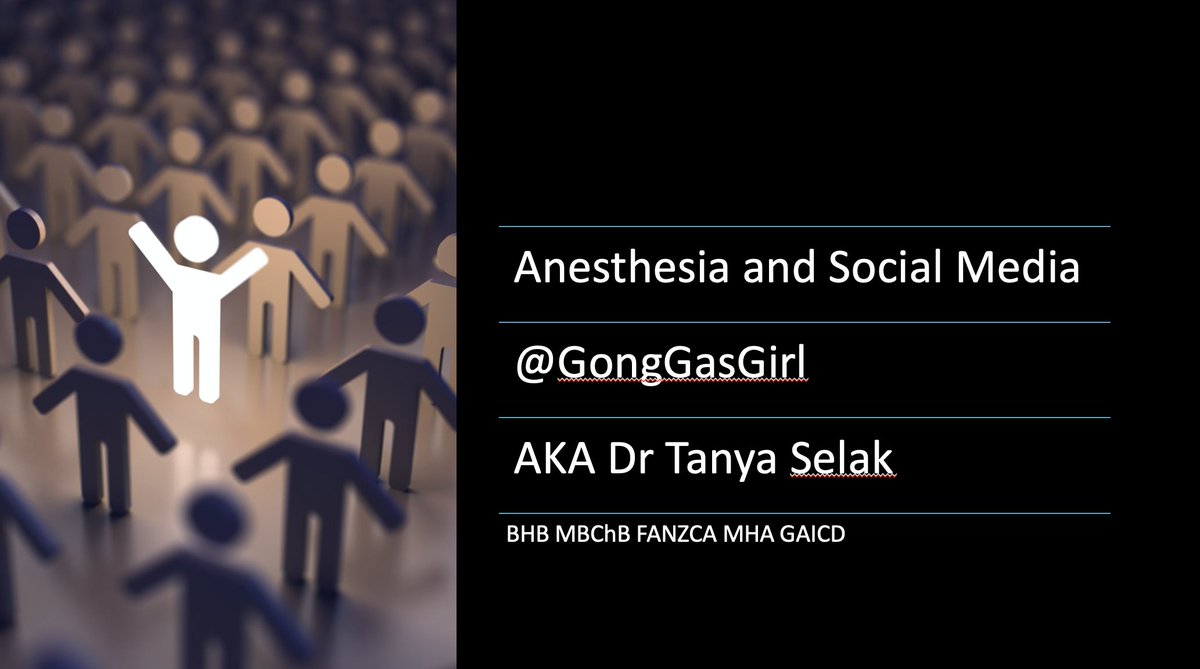 )" title="Thanks so much to @OttAnesthesia and @MMottiar for kindly inviting me to present virtually at their Grand Round yesterday. Here& #39;s a summary thread: (ps do I get extra points for dropping the & #39;a& #39;?https://abs.twimg.com/emoji/v2/... draggable="false" alt="😜" title="Zwinkerndes Gesicht mit Zunge" aria-label="Emoji: Zwinkerndes Gesicht mit Zunge">)" class="img-responsive" style="max-width:100%;"/>
)" title="Thanks so much to @OttAnesthesia and @MMottiar for kindly inviting me to present virtually at their Grand Round yesterday. Here& #39;s a summary thread: (ps do I get extra points for dropping the & #39;a& #39;?https://abs.twimg.com/emoji/v2/... draggable="false" alt="😜" title="Zwinkerndes Gesicht mit Zunge" aria-label="Emoji: Zwinkerndes Gesicht mit Zunge">)" class="img-responsive" style="max-width:100%;"/>
